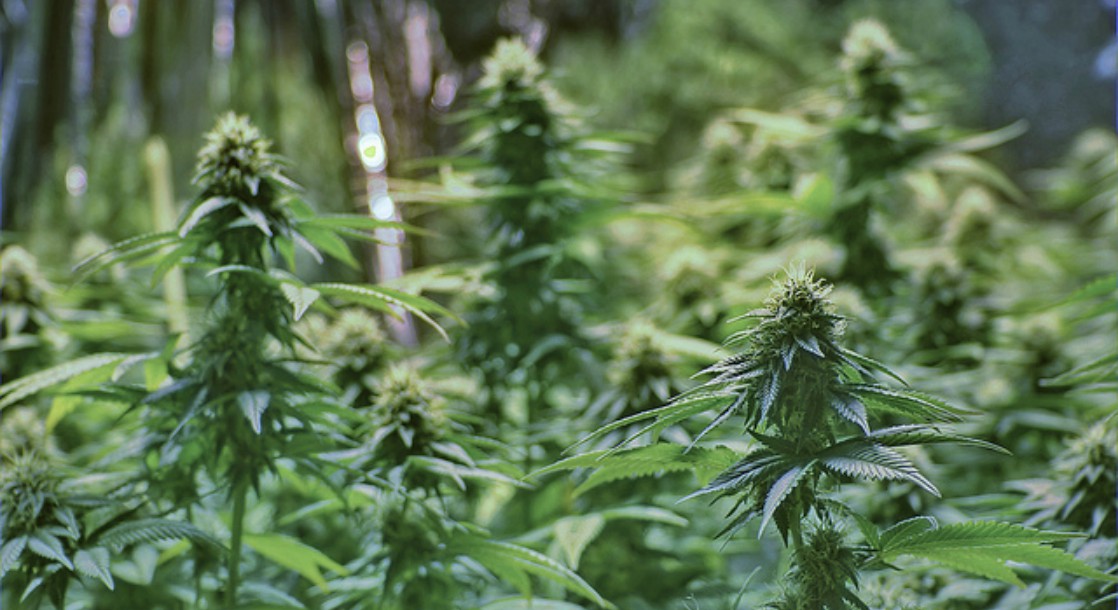With summer already a distant memory and winter quickly approaching, California’s cannabis growers are preparing for a monumental shift. After more than two decades under Proposition 215’s loosely regulated medical program, recreational legalization is bringing a new set of rules and procedures for both sides of the Golden State’s legal weed industry at the beginning of 2018, giving the sector less than 100 days of preparation to sort out permits and allowances from a variety of regulatory agencies.
To make the application process for permitting easier, CalCannabis Cultivation Licensing — a division of the California Department of Food and Agriculture — recently released a checklist for prospective commercial growers on both the medical and recreational side of the industry, detailing the extensive steps necessary before ganja green thumbs even submit paperwork to the state licensing agency.
The first item on the checklist is a permit from the grower’s local city or county regulators. Unlike the current cat and mouse games canna-businesses play with local municipalities under the wild west rules of Prop 215, California’s new system will see increased cooordination between state and local governing bodies by requiring licenses for cannabis operations at both levels.
Next, you’ve gotta have a business. After dealing with local officials, CalCannabis suggests getting together your location paperwork, be it lease agreements or proof of ownership, and business formation documents approved by the California Secretary of State’s office. After all, no matter what names you’ve been giving your expertly homegrown Humboldt bud, if you’re not a registered business in the eyes of the state, you won’t be able to sell it into the legal market.
Even for established businesses, increased environmental standards for California cannabis cultivation will require prospective growers to obtain permits from the California State Water Resources Control Board and verify their water source with the state agency, including details as specific as well logs.
In addition to the water source approvals, licensees also have to apply for a permit or waiver from the California Department of Fish and Wildlife certifying the cultivation site is safe for nearby streams, lakes, and other bodies of water.
To add yet another state agency contact, cannabis cultivators will need to reach out to the California Department of Toxic Substances to certify that their land is free of hazardous material.
California’s environmental protections stem from years of pollution coming from the state’s legal and illicit cannabis grows. By making cultivators pass so many environmentally-focused tests, state regulators hope to curtail the industry’s negative impacts and provide a safe product for consumers.
Once prospective cultivators have their locations certified, they’ll have to prove that a portion of their profits will go to state tax coffers by obtaining a seller’s permit from the California Department of Fee and Tax Administration. If the cultivation company is planning on employing more than 20 workers, they must also produce a labor peace agreement — a state-mandated labor relations contract.
If a cannabis company can check all of those bureaucratic boxes, produce a surety bond or proof of liquidity valued at $5,000, and send all prospective employees' fingerprints to the California Department of Justice for a background check, they’ll be on their way to completely legal status — if CalCannabis’ licensing regulators see fit, of course.
It may seem like a lot of holes to jump through for an industry used to backroom dispensary deals, but with California’s legal weed industry set to be the world’s largest in only a few short months, Golden State regulators hope that the comprehensive regulations will lead to a smooth transition, safe products for all consumers, and a path towards environmental sustainability.











